Category
Blog
Date
June 15, 2025
Author
Marco

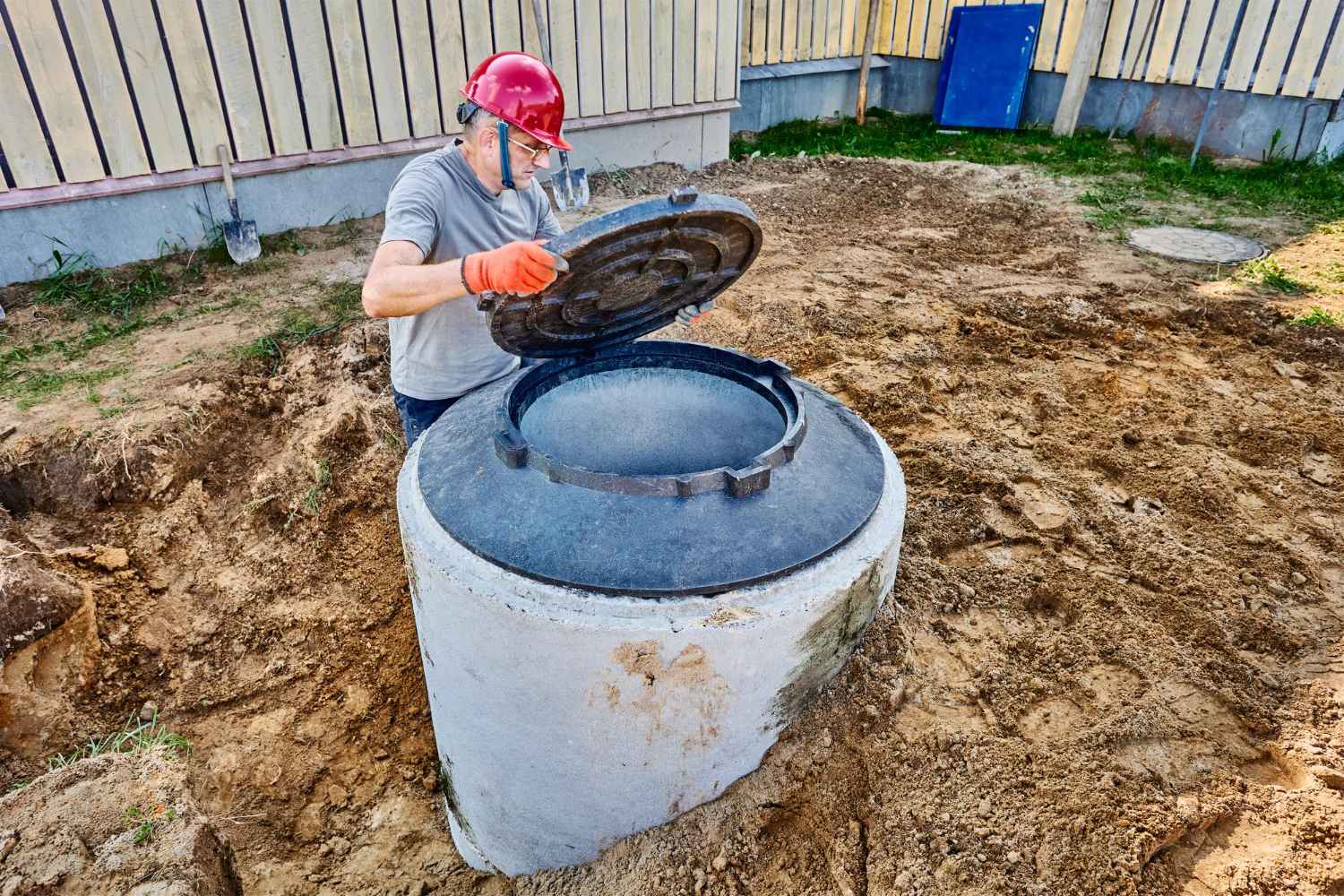
If you live in a rural or off-grid property in the UK, you likely rely on a private waste system—either a cesspit or a septic tank. But which one do you have, and how do you tell the difference? In this blog, we’ll break down exactly how each system works, how to identify them, and what the pros and cons are.
A cesspit (also known as a cesspool) is an underground storage tank that holds sewage and wastewater without treating it. These are usually found in older or remote properties and must be emptied regularly by a licensed waste contractor.
Modern cesspits are typically made from fibreglass and are completely sealed to prevent leakage. They have a single pipe for ventilation and one large chamber that stores waste.
A septic tank is a self-contained wastewater treatment system. It not only collects but also partially treats wastewater on-site using natural biological processes before discharging it safely into the ground through a drainage field.
These are common in rural UK areas without access to mains sewerage.
Here’s how to quickly identify which system you have on your property:
Cesspits usually have one manhole and fill up quickly, requiring frequent emptying. Septic tanks have multiple access points and treat wastewater before discharging it.
Yes, but they are heavily regulated and must meet specific planning and environmental requirements.
Septic tanks are generally cheaper over time due to less frequent emptying and partial wastewater treatment.
Still unsure which system your property has? Or need expert septic tank services? Fast Drains is here to help. From inspections and cleaning to installations and emptying, our experienced team ensures everything runs smoothly.
Call us today on 0800 144 8480 or email ukfastdrains@gmail.comfor expert advice or to book a service.
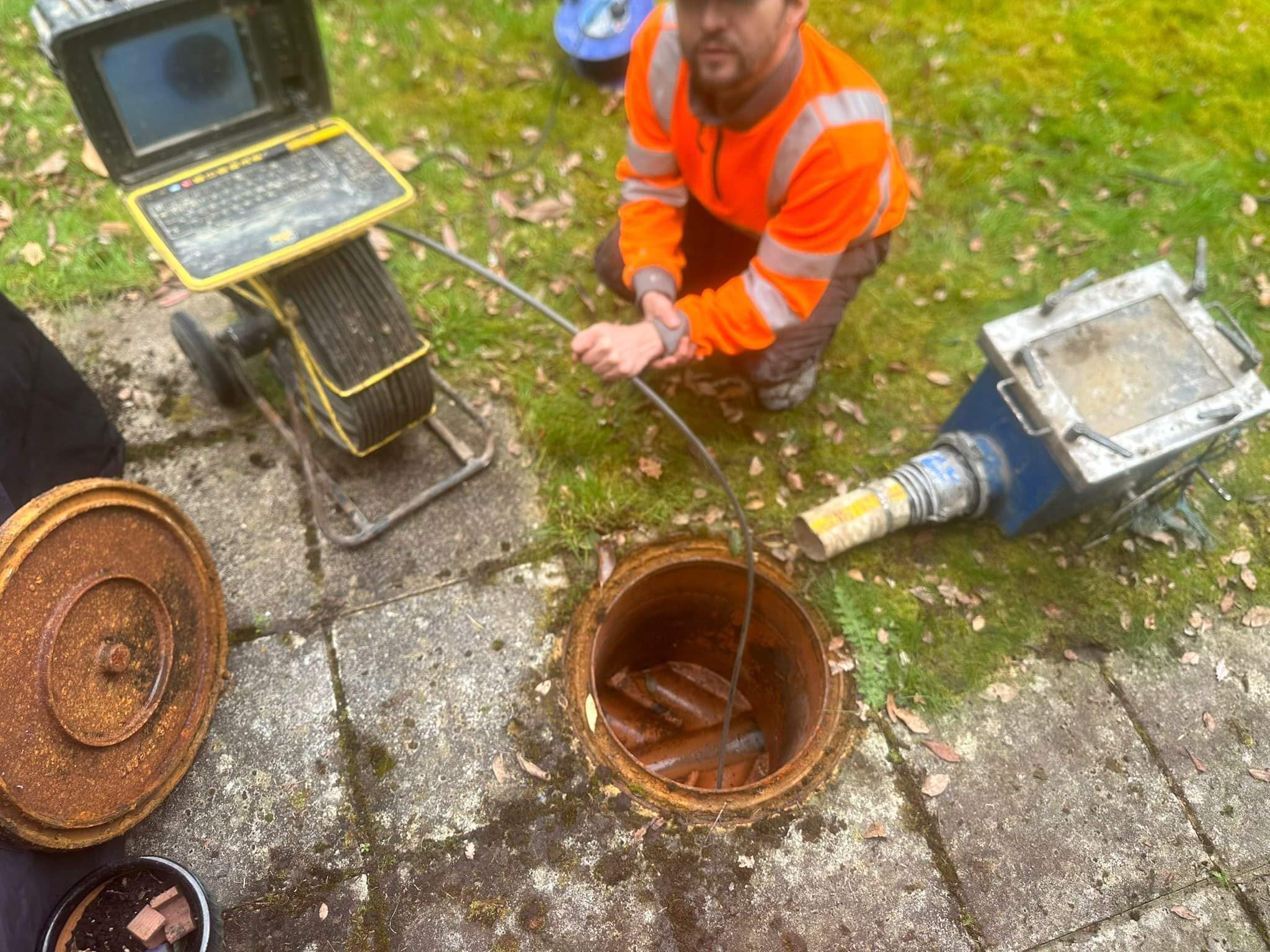

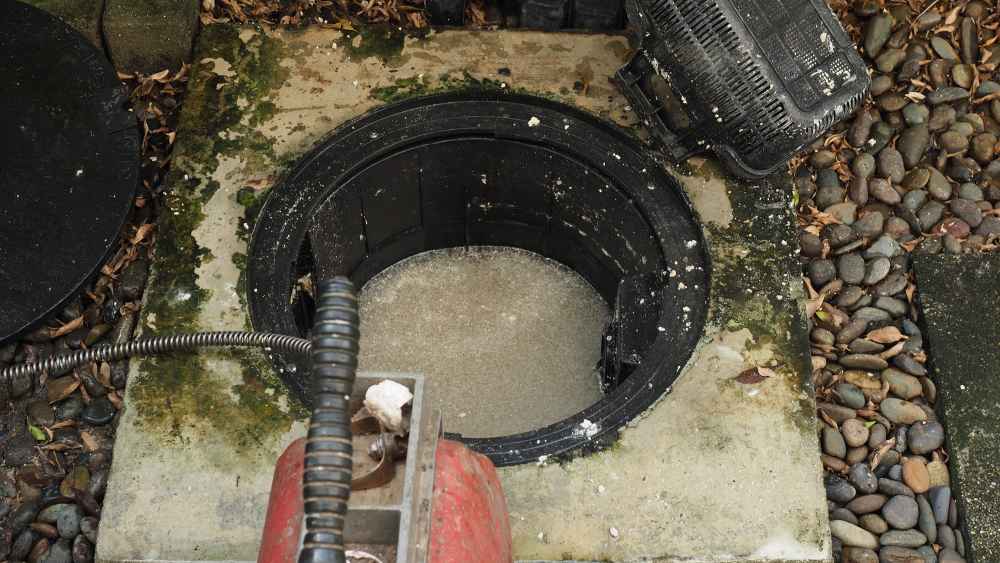
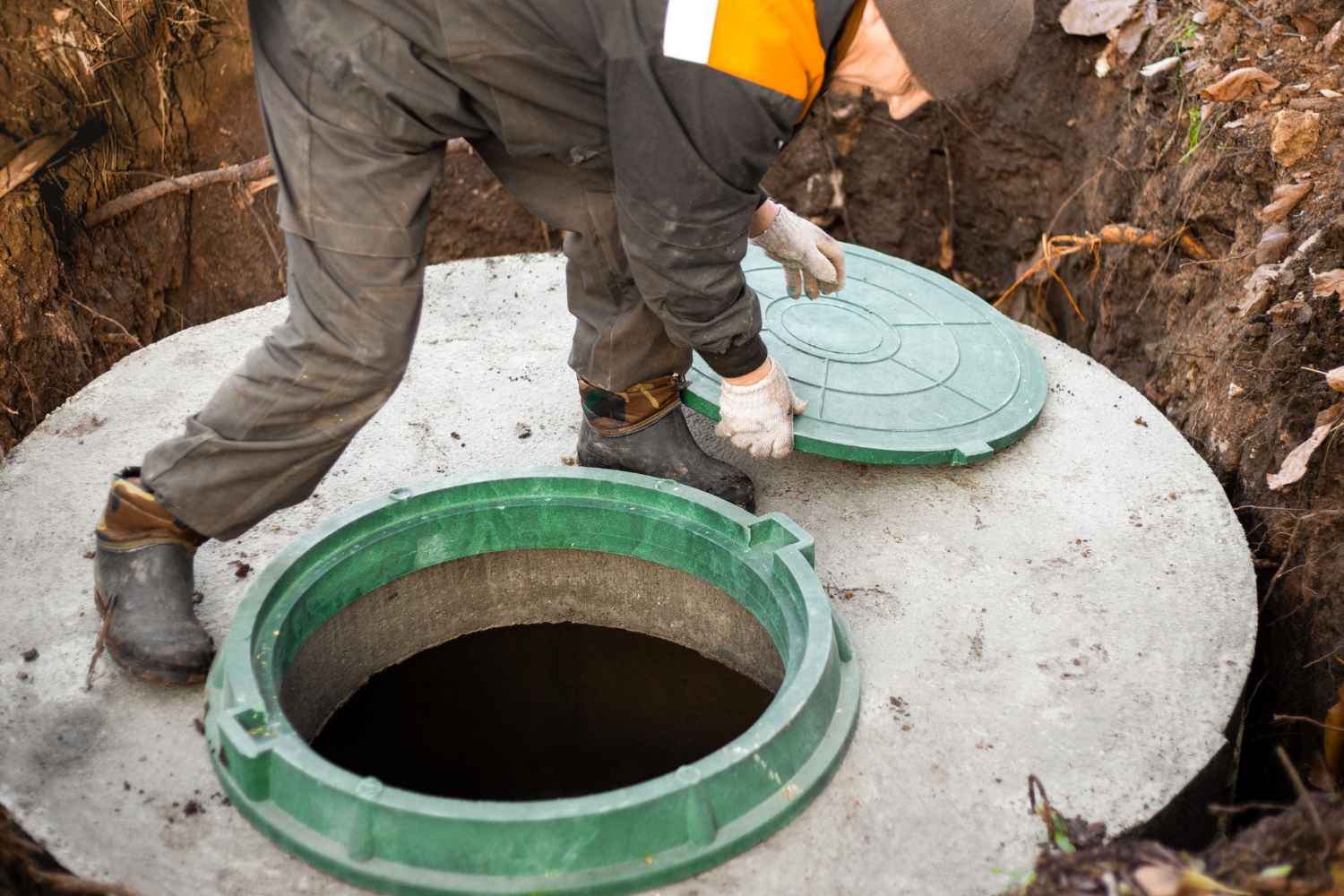

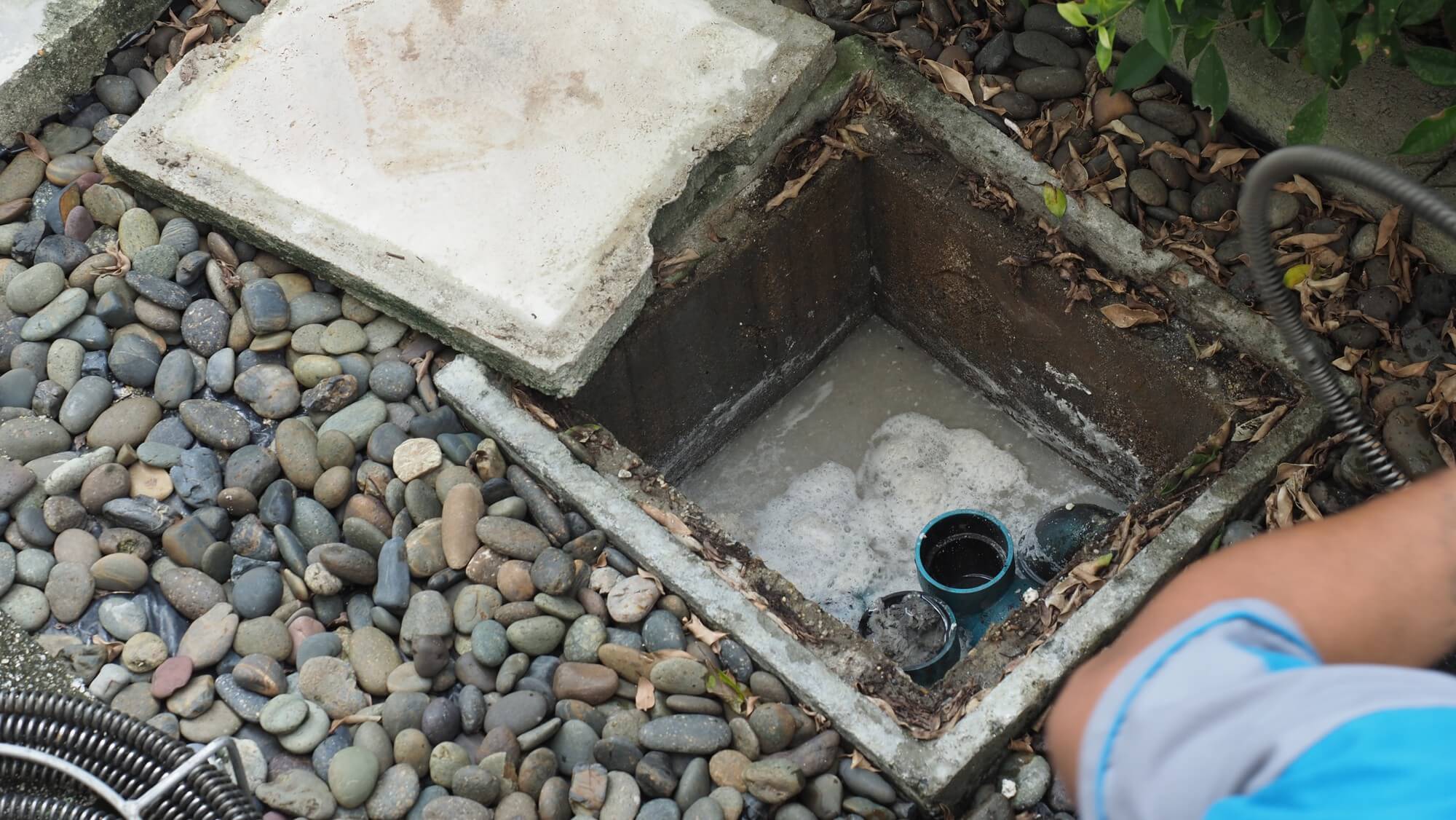

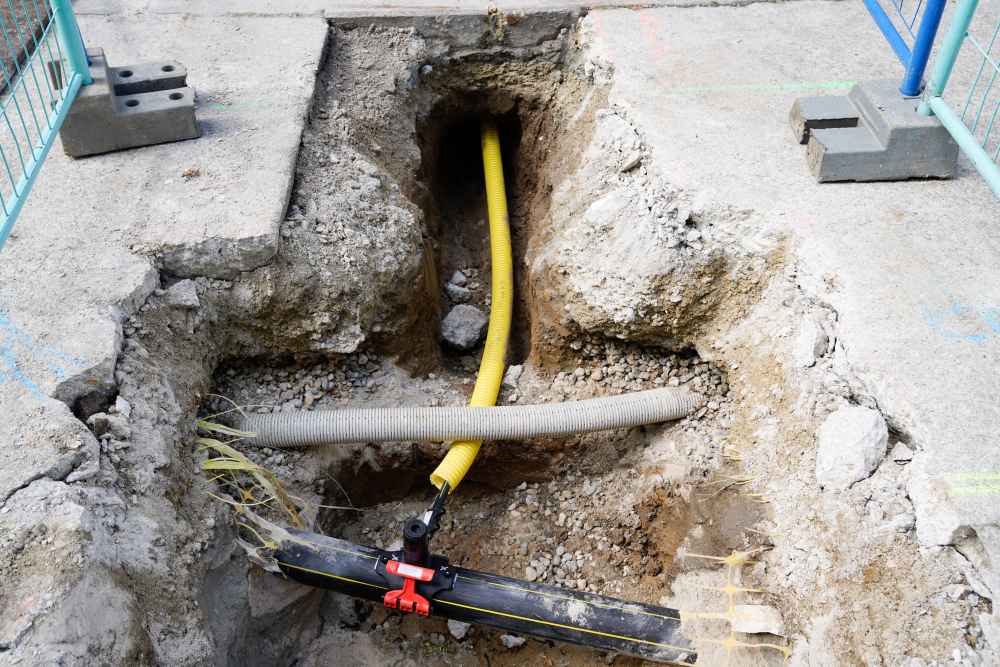
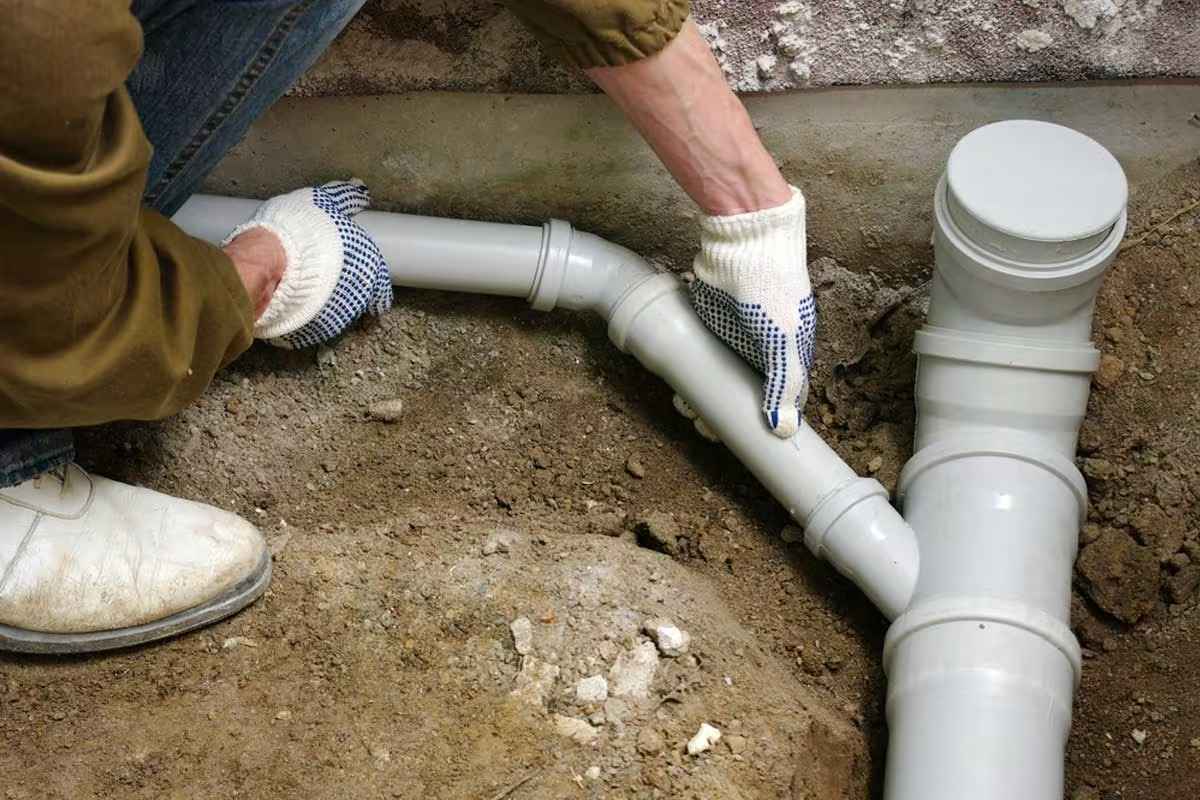
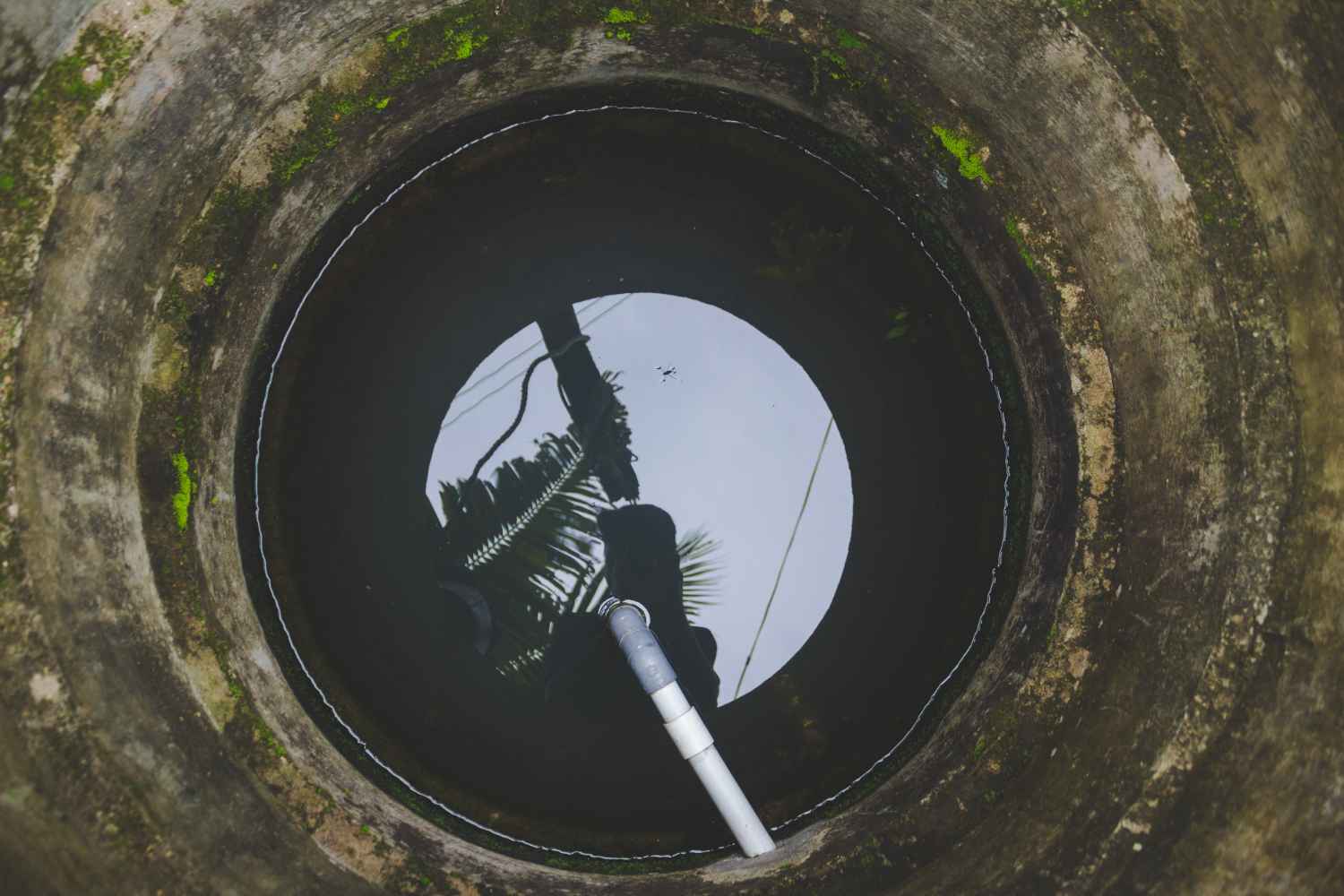
Areas we cover
Basingstoke | Southampton | Guildford | Bournemouth | Poole | Portsmouth | Crawley | Dorchester | Peterborough | Newbury | Christchurch | Gillingham | Swindon | Winchester | Reading | Oxford | Slough | Abbotswood | Sterte | Ascot | Stoughton | Broadstone.